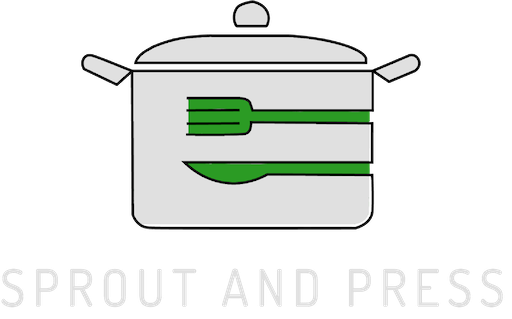
The best Japanese paring knife makes paring and slicing an easy breeze while still feeling comfortable in the hand. All the Japanese knives mentioned above are the perfect paring knife for paring and slicing. However there are also many other uses for these knives. It is important that we look at the advantages and disadvantages of the Japanese paring knife.
First of all lets look at the steel blades. Most Japanese paring knives are made with a Japanese Zebekoiledge blade which is a very hard and durable high carbon steel blade. The advantage to this is that it will last for a lifetime and can cut through most types of food. The disadvantage to it is that it does tend to be a bit more difficult to cut through some thicker foods such as mussels and oysters. The use of a soft diamond plate would help cut down on this effect as well.
The second advantage is that most of the Japanese knives mentioned above have a handle that is seven inches long. This allows for the blade to be much longer and allows for more uses. The advantage of longer handles is that it allows you to hold the knife much tighter, thus preventing you from accidentally cutting off the finger. There are some smaller versions available which is only three inches long. However, the main uses for the majority of the larger sizes are for slicing and chopping.
The next advantage we are going to look at is the handle. The most popular type of handle is a pinky or center button design. These are small and flat, and are usually made of wood. The reason they are so popular is that they give the knife a very feminine looking appearance. Many people also like to use the handle in a different way, either turning it slightly from side to side or even having two different colored handles so that when they are holding the steak knife set both handles will match.
A Japanese steak knife is available with four different blade styles. These styles are a tank, a santoku knife, a uranami knife, and a santoku knife block. Each style has a different level of edge retention, sharpening ability, and overall quality. When checking out an online retailer, make sure that they offer the entire four knife styles and that their prices do not vary. This is a good way to ensure that you are getting the right kind of quality at a price that will not break the bank.
The third thing to look for is high carbon steel. Not only does high carbon steel have the ultimate strength and cutting ability, but it also is the toughest material that you can get. Most professional knives are made from high carbon steel because it is just that strong. However, high carbon steels can scratch if they are used to regularly, so it is important that you purchase a knife that is recommended for regular, heavy use. You can also find many Japanese knives that are also made with high carbon steel.
The fourth thing to look for is a durable knife that has an easy opening mechanism. It is extremely important that the opening of your Japanese paring knife is easy to do, because the knife is going to be used daily. If you are purchasing your own Japanese chef’s knife and you do not already own one then there are a few different things that you will want to look for when you buy your own. The first thing that you will want to do is get a good brand name so that you do not have to worry about a cheap knife that will not last.
There are two types of kitchen knives that you can choose from; a dull knife and a sharpener. The dullest of the Japanese kitchen knives is the octagonal shape, which is a little bit different from the traditional flat edge blade. The dullest Japanese cleaver knife is also the most popular one, probably because it has a unique look. The other great thing about owning a Japanese cleaver knife is they usually come with a guarantee.

Isabelle Johnson is a fitness expert and yoga trainer with over 12 years of experience as a dietician. Her knowledge of nutritional facts has made her take to the web with her blog, Sprout and Press.
Isabelle lets her audience understand products used in the kitchen, which can improve your diet, add more convenient ways to juice, create smoothies, and do so much more. Her blog informs readers about the newest kitchenware and the benefits each ingredient brings to the table. In 2016, sproutandpress.com was founded to share her knowledge with the world and inspire a better, healthier tomorrow.

